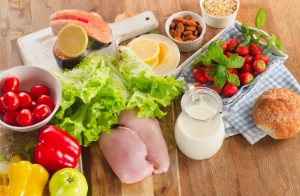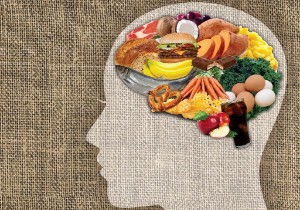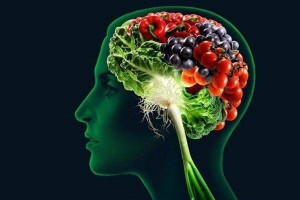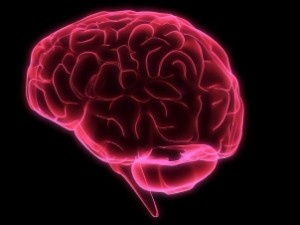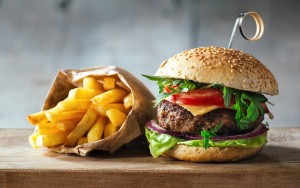Nutrition rules and products for 2 blood groups with negative and positive Rh factor
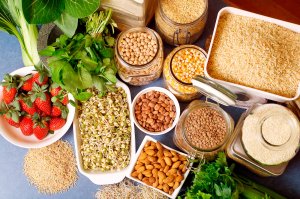 Nutritionists claim that there is no universal "healthy" diet. And for each individual, the right diet should be made individually, taking into account his physiology, metabolic rate, personal preferences and even gender.
Nutritionists claim that there is no universal "healthy" diet. And for each individual, the right diet should be made individually, taking into account his physiology, metabolic rate, personal preferences and even gender.
For this purpose, the method of compiling a diet based on a person's blood type, proposed by researcher Peter D&8217;Adamo, may be useful.
Should people with blood type 2 adjust their diet according to this method? Which foods can be consumed and which are not? What do scientists say about this? Have any studies been conducted on the effectiveness of such a technique? All the answers are in the article.
Content
General information and scientific research
It is worth clarifying right away that many scientists are skeptical about this topic. They say that the blood group has nothing to do with nutrition, but it depends only on a specific set of proteins and carbohydrates that make up the membranes of red blood cells.
Existing scientific studies cannot yet confirm the effectiveness of this nutrition system D&8217;Adamo.
In one major study , 1,455 adults ate according to the recommendations for blood type 1, and this really had a positive effect on their health. But this effect was observed in people with all blood groups, not just the first one.
Probably, the improvement in health was due to the fact that the participants simply started eating healthier food than before. After all, regardless of blood type, the D&8217;Adamo method focuses on natural and healthy foods, as opposed to the so-called &171;Western diet, consisting of refined sugar, fast food and trans fats.
Another large-scale survey study from 2013 also did not confirm the effectiveness of this power supply system.
But there are scientists, and even Documented studies that confirm that the diet should still be adjusted depending on the blood type. Although the reliability of these studies raises questions.
Nevertheless, one of these studies was conducted by Peter D'Adamo (and his father, James D'Adamo, laid the foundation for his research). According to his theory, blood type affects how the body and all its cells interact with lecithins, one of the most important elements of every person's metabolism.
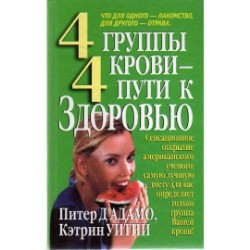 And based on his research, Peter even published a book back in 1997 (but its updated edition is released almost every year). Moreover, Dr. D'Adamo has opened a clinic where he treats diseases of the digestive system, including helping patients choose optimal diets based on blood type.
And based on his research, Peter even published a book back in 1997 (but its updated edition is released almost every year). Moreover, Dr. D'Adamo has opened a clinic where he treats diseases of the digestive system, including helping patients choose optimal diets based on blood type.
And although the World Health Organization (WHO) does not recognize the validity of the stated theories, no one has yet managed to refute them either .
Along with this, Peter compiled list of "universal" rules, which everyone should adhere to regardless of their blood type:
- Eating sea fish . It is also a source of essential amino acids, and it is also easily absorbed by the body (even easier than chicken breast, which has practically no fat).
- To give up dairy . Peter argues that domesticated animals and artificial food for them completely negate the benefits of such products. That is, dairy products are still useful, but only if they are obtained from wild animals, which is practically impossible in modern realities.
- If possible, minimize the consumption of cereals and products derived from them. This includes bread, oat flakes, and flour in any form (flour). Firstly, such products provoke a sharp increase in the level of carbohydrates in the blood, and secondly, they contain gluten – all this comprehensively disrupts the digestive system.
- Give up black tea and coffee in favor of green tea, since there is practically no caffeine in it, but the concentration of antioxidants is almost the same.
But still, before following such rules, it is worth consulting with a qualified nutritionist.
Is there a difference between the Rh factor?
According to D'Adamo, the Rh factor has no effect on "useful" and "harmful" foods, but there are scientists who do not share this opinion.
According to their theory, people with the second negative blood type have excessively "thick plasma", which is why they should eat the lightest food. It includes seafood, seaweed, spinach. At the same time, you should drink at least 2.5 liters of clean drinking water daily (with a small addition of lemon juice), and prefer dried fruits from sweets.
But people with a second positive blood type do not have such restrictions. All of the above recommendations, according to D'Adamo's theory, will be just the best.
Diet rules for 2 groups
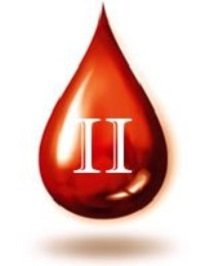 D'Adamo had a positive attitude towards vegetarianism and argued that no one is better suited to give up meat products as owners of blood group 2. But, in principle, this is not necessary.
D'Adamo had a positive attitude towards vegetarianism and argued that no one is better suited to give up meat products as owners of blood group 2. But, in principle, this is not necessary.
It should not be forgotten that animal meat contains essential amino acids that the body cannot obtain in any other way, as with food.
What will compliance with the D'Adamo diet do? This will make it easier and will improve brain function , memory and will cheer you up .
It will also help to avoid the accumulation of those elements in the blood that the body does not need in principle. It is worth knowing that even micronutrients in excess act as toxins. The same sodium, for example, leads to an increase in the number of white blood cells in the blood plasma, and excessive concentration of vitamin A can provoke the growth of benign tumors (and in children – a rapid set of growth when the skeleton simply cannot cope with the load and spinal curvature is obtained).
Product Table
We suggest you familiarize yourself with the table below.
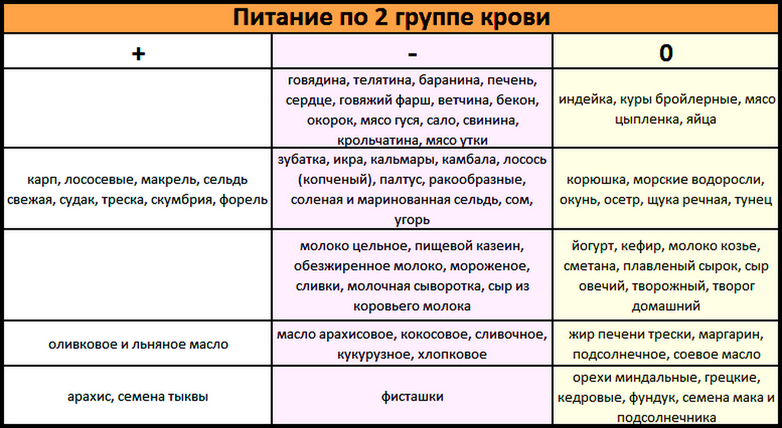
Allowed
According to the recommendations of the same Peter D'Adamo, people with the second blood type are allowed to include the following foods in their diet:
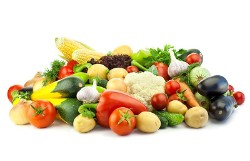
- Vegetables in any variety. They are the most useful sources of minerals and vitamins, which the gastrointestinal tract cannot do without.
- Vegetable oils. With their help, the body controls the water-salt balance. The most useful is olive oil, which is also a source of complex fats, which are subsequently transformed into energy.
- Cereals and cereals, but gluten-free (rice, for example, will not work). But at the same time, they should not be consumed more often than 3 times a week. Ideally, they should be used to prepare desserts with a high content of complex carbohydrates. The ideal option is corn and oats.
- The following fruits: pineapples, grapefruits, figs, lemons, plums. In principle, others should also be included in the diet, but these should form the basis of the fruits consumed. You should also drink apricot and pineapple juices.
- Of fish products: cod, perch, carp, trout, sardines. These are not the fattest varieties of fish, which are easily absorbed by the body, but at the same time have the lion's share in the composition Brain-healthy omega-3s of fatty acids.
- Water with the addition of a small amount of lemon juice (literally 5 milliliters per glass of water).
As for meat, it is better to give preference to lean chicken, turkey (preferably boiled or grilled without marinade and spices).
Forbidden
But as for prohibited and harmful products, they should be excluded from the diet:
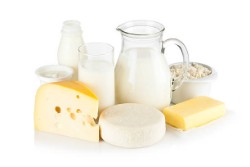
- Fatty meats. This includes pork and beef. But game in small quantities is allowed.
- Sugar. It is better to exclude it altogether and replace it with fructose, sweet fruits, dried fruits – they are more nutritious in terms of carbohydrates, not damage blood vessels from the inside. And dried fruits contain a huge amount of fiber, which normalizes the work of the intestines.
- Wheat and flour made from it. Flour products with a high gluten content are especially "dangerous". According to D'Adamo's theory, such products are generally contraindicated for the owners of the second group.
- Corn and peanut butter. Despite this, corn flour and peanuts can be eaten in small quantities.
- Dairy products, including cheeses, yoghurts, kefir. Only low–fat cottage cheese is allowed in small quantities - it contains a fairly large amount of useful proteins and vitamin D (which, according to Peter, is best obtained from ultraviolet light), but the milk base is a minimum.
- Sweets. They should all be replaced with fruits rich in carbohydrates.
- Beans and legumes. They contain "complex" proteins that are difficult for the body to digest.
You should also completely abandon coffee, black tea, and sugary carbonated drinks. It is recommended to replace all this with natural juices and drinking water with the addition of a small amount of lemon or orange juice.
Neutral
But "neutral" products include:
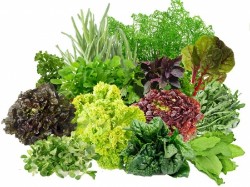
- Soy in any form, including tofu;
- Fish roe (red, black, pike and so on);
- Berries;
- Dry red wine (but use in moderation, only at dinner or a hearty lunch);
- Peanuts, but be sure to dry well to minimize the fat content;
- Greenery;
- Herbal teas.
These are the foods that can be included in the diet, but not so that they form its basis.
Sample menu for the week
Ideally, it should be compiled by a nutritionist for each patient separately (and previously they are sent for general tests to assess physiology). But, in principle, the following menu will be an almost universal option:
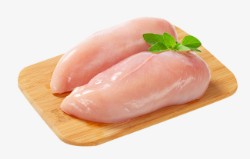
- Day 1. For breakfast – rice porridge (made of transparent rice) and green tea. For lunch – vegetable soup and dried fruits. Afternoon snack – compote and apple. Dinner – mushrooms and stewed pumpkin (you can replace it with zucchini, but add olive oil when stewing).
- Day 2. For breakfast - buckwheat porridge with soy milk, green tea. Lunch is green soup (it is recommended to add sorrel). Afternoon snack – nuts, fruits, prunes to choose from. Dinner – chicken fillet (can be replaced with turkey to your liking).
- Day 3. For breakfast – fruit salad. Lunch is mushroom soup. Afternoon snack – nuts and dried fruits. Dinner is a fish casserole with vegetables.
- Day 4. For breakfast – salad with cucumber. Lunch – soup with toasted vegetables (as always – only with olive oil). Afternoon snack – jelly made from dried fruits. Dinner is baked chicken with mushrooms.
- Day 5. For breakfast – soy milk and corn muffin. Lunch – buckwheat porridge with vegetable gravy. Afternoon snack – pancakes made from corn flour. Dinner – baked mushrooms with orange sauce (you can just use lemon juice).
- Day 6. Breakfast – fruit salad and green tea. Lunch is rice porridge or boiled string beans. Afternoon snack – fruit jelly. Dinner – baked fish and pumpkin dessert (for every taste, but without dairy products).
- Day 7. Breakfast – rice porridge with soy meat. Lunch – green borscht (without tomato, with lots of greens). Afternoon snack – pancakes made of corn or buckwheat flour. Dinner – chicken in caramel sauce (the sauce is made from fructose or baked prunes).
Naturally, it is not necessary to observe the order of days. The menu can be adjusted at your discretion using the specified dishes. Also, do not forget about personal preferences – the body itself will "tell you" what vitamins and minerals it lacks. You can also include simple dietary supplements in your diet, such as brewer's yeast with zinc, magnesium, and iron – this will help improve the overall condition of the skin.
Is this system effective for weight loss?
In principle, general recommendations for people with the second blood type, especially for women, and so allow you to get rid of a few extra pounds without radically changing your diet. Fatty meats and fish are excluded from the diet, as well as complex protein foods. Namely, they most often lead to a set of excessive fat mass.
But for faster and more noticeable weight loss, you can also follow the following recommendations:

- Do not eat after 6 pm;
- Be sure to eat walnuts or pistachios daily (very useful for brain function);
- Observe fractional nutrition (that is, food can be pre-crushed using a food processor or a conventional fork);
- Arrange for yourself 2 or 3 "unloading" days every month, when you should not eat at all and only drink water with lemon juice;
- Add carrots in any form to salads, soups, side dishes (fresh, grated, boiled, toasted) – it contains vitamin A, which helps the body break down and digest simple fats.
But it is better to temporarily abandon cabbage and oats - they contain substances that inhibit the production of certain hormones and enzymes by the pancreas, which will just increase the chance of accumulation of fat and will restrain the process of weight loss.
Interesting video
And now we invite you to familiarize yourself with the video:
Conclusion
In total, for those who have blood type 2, one of the main recommendations is to completely abandon or minimize the presence of fatty meats in the diet. It is better to replace it with soy or chicken breast (you can also use turkey). You should also abandon fermented dairy products in favor of vegetables and fruits.
Most of the suitable "ingredients" can be easily grown in your own garden. Observing the above diet, a person will fully provide his body with all the necessary micronutrients, but at the same time there will be no excess of fatty or protein foods, which is why excess weight gain occurs.
